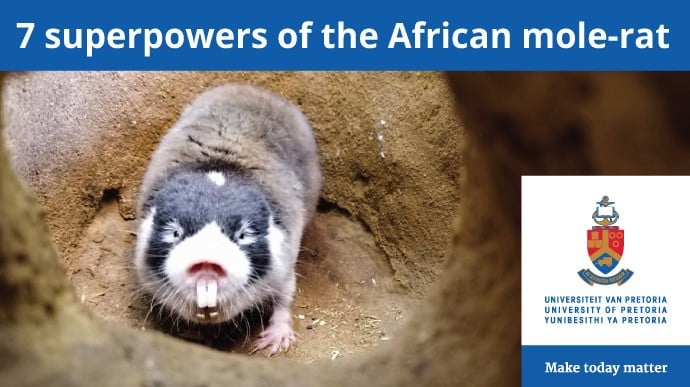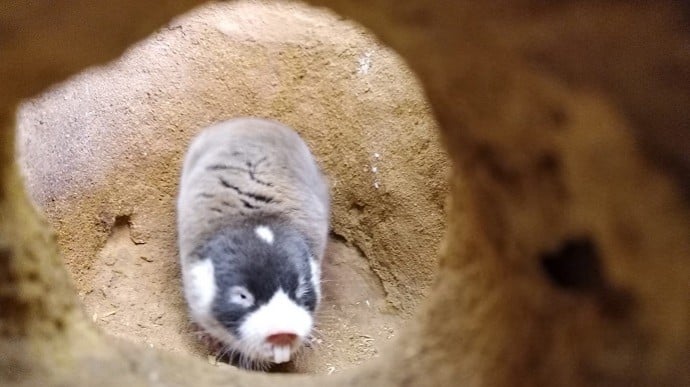 Infographic
Infographic
The prevalence of obesity is a significant concern, with recent global statistics showing that one in eight people worldwide are living with obesity. In Africa, the situation is more dire, with one in five adults affected; in South Africa, the figure is even higher, with one in four adults living with obesity.
 Story
Story
Researchers at the University of Pretoria (UP) may have identified the gene that is responsible for diet-related obesity. By exploring the role of the novel gene Slc7a8, they have made a potential breakthrough in current knowledge about the cellular mechanisms that drive fat accumulation. This understanding is crucial in developing effective treatments.
 Story
Story
The articles in this edition showcase work from all nine of our faculties, and underscore our University’s slogan ‘Make today matter’. RE.SEARCH has been named South Africa's top corporate publication as the winner of the 2024 SA Publication's Forum Awards. It is a runner up and finalist in the Excellence category for Communication (runner up), Design and Photography (finalist) and the...
 Lecture
Lecture
Molecular techniques have revolutionised horse management and health and have provided practical solutions to complex problems in the various horse disciplines internationally. Molecular-based parentage verification systems were standardised internationally in the 1990s and are now widely applied in most horse breeds. These systems now include tests for genetic diseases and performance traits....
 Infographic
Infographic
Mole rat biology could inform human health interventions like cancer therapies, heart attack prevention, maternal health and birth control, mental health approaches, anti-ageing drugs, neurodegenerative disease treatment, and pain management.
 Story
Story
University of Pretoria (UP) scientists have contributed to discovering how the naked mole rat is able to withstand heart attacks and fend off bowel cancer, two of the most fatal human ailments in the developed world. Their findings were published recently in two Nature Communications papers.
Copyright © University of Pretoria 2025. All rights reserved.
Get Social With Us
Download the UP Mobile App